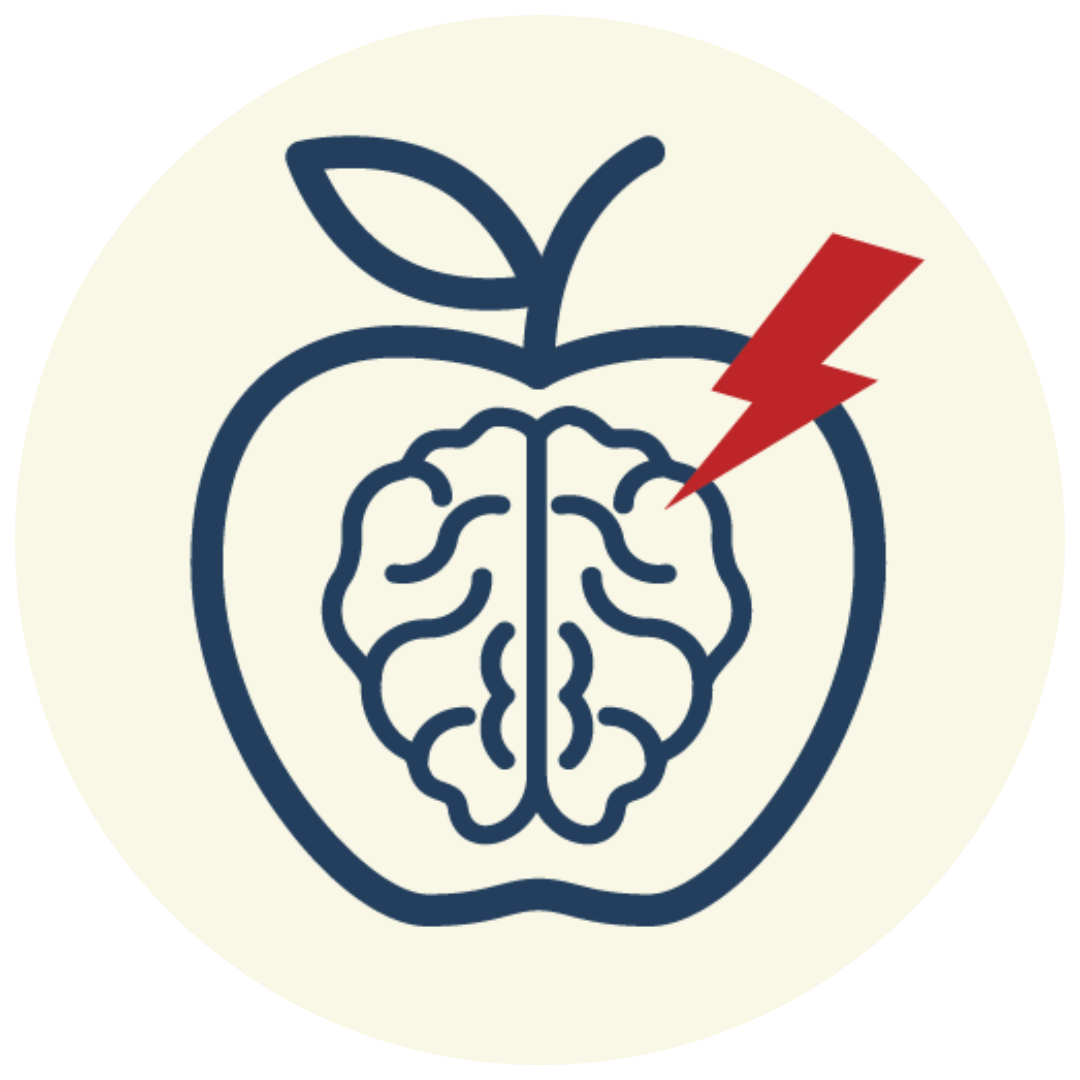Spring into Migraine
Spring is here which for many means enjoying the new leaves on trees and the blooming flowers. But spring can also cause issues for people with migraine disease. We will look at some of the common problems spring can bring.
1. Allergies
Spring for many means seasonal allergies. The air is full of pollen which means runny noses and itchy eyes. The added pressure to sinuses can trigger an attack.
What can I do? Get ahead of your allergies. Taking preemptive action may help prevent severe allergy symptoms from getting out of hand. Many over-the-counter allergy medications can be taken daily to prevent symptoms rather than just treating existing symptoms! If your allergies are more severe you should discuss a plan with your healthcare provider.
2. Weather Changes
Spring showers make for beautiful gardens, but the storms can also mean barometric changes that can trigger migraine. Many people who live with migraine say changes in the weather can bring on an attack.
What can I do? There is not much we can do to change the weather, but knowing a storm is coming you can make sure to set yourself up for success. Make sure you use all your other protectors so you have less triggers stacked up before the change in barometric pressure.
Some people have found success using WeatherX earplugs. WeatherX even has an app that will let you know when there will be a change in weather.
3. Blooms = Smell
As all the flowers start to bloom and plants come to life in the spring it also means added scent to the garden.
What can I do? If scent is something you know bothers you, try finding plants and flowers that are not overly fragrant. Avoiding plants like Russian Sage or Peonies that are especially fragrant when pruning can help to avoid an attack.
4. Change in Daylight
As we move into the summer months the days get longer. A strict sleep schedule is something many people living with migraine use to manage their disease. With the sun going down later it may be harder to get to sleep on time.
What can I do? If it works for you, start shifting your bedtime a little bit each week as summer gets closer. If 8:30 pm is the time you MUST go to bed, think about installing some blackout curtains to keep that summer evening light out. Eye masks can also work. If they work for you try using one, but keep in mind they may trigger an attack for some people.




